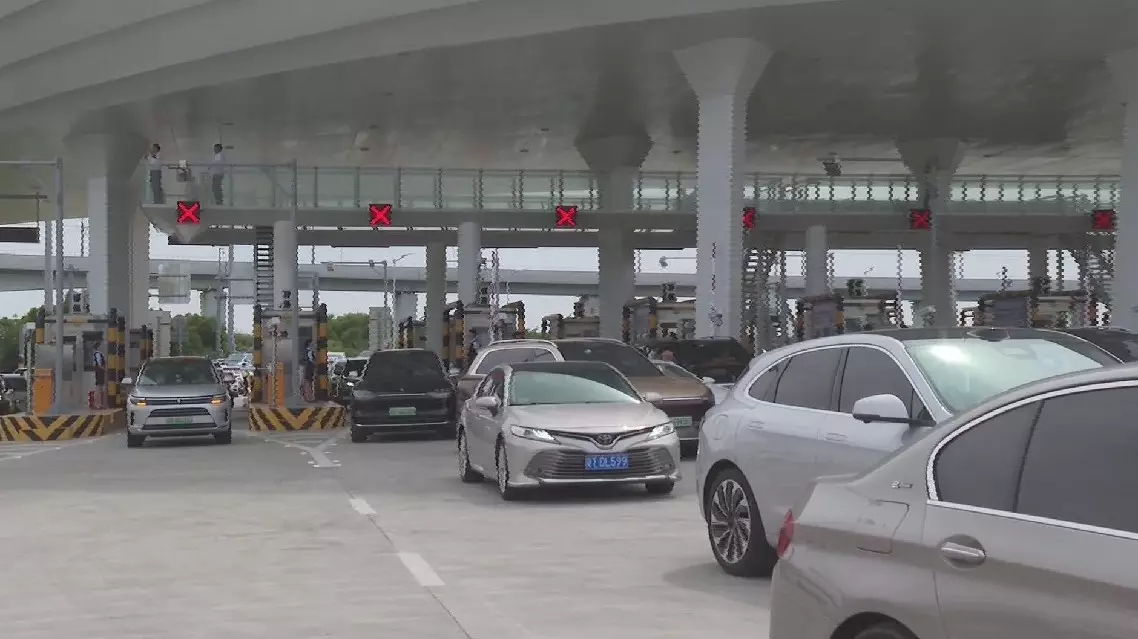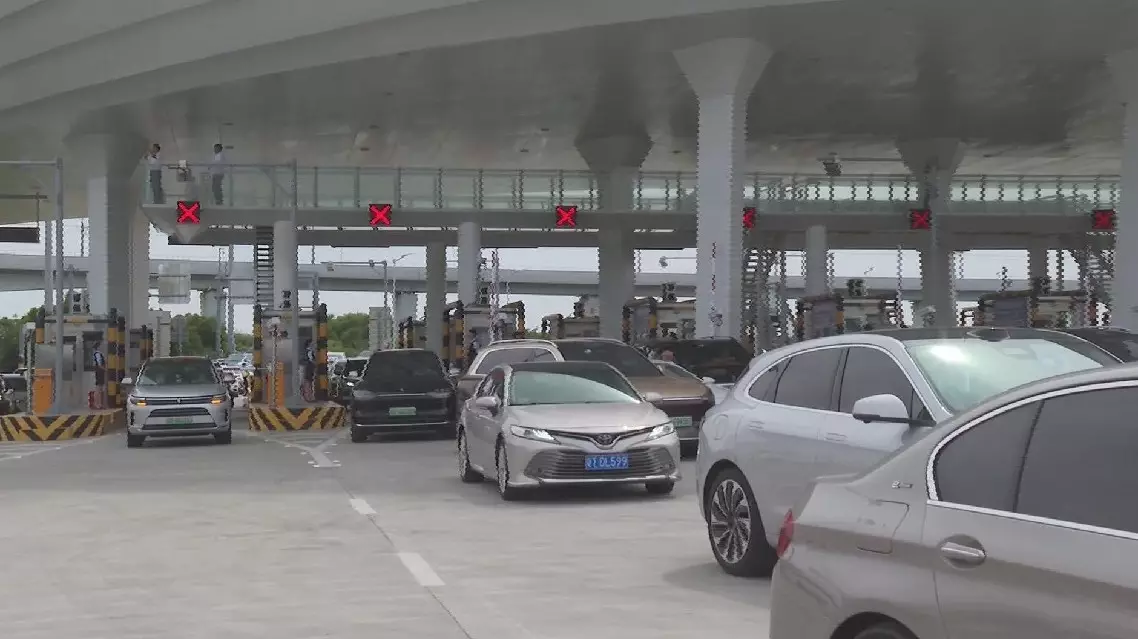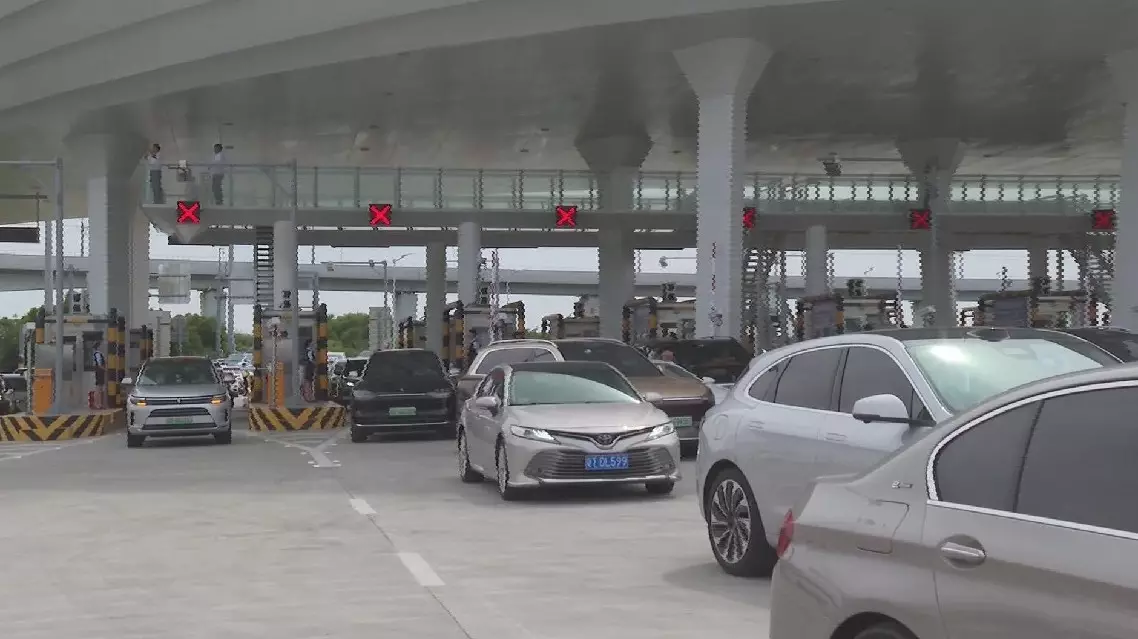A cross-sea highway project linking the cities of Shenzhen and Zhongshan in south China's Guangdong Province went into trial operation on Sunday, set to further improve the transportation network in the Guangdong-Hong Kong-Macao Greater Bay Area city cluster. With a total length of 24 kilometers, the Shenzhen-Zhongshan Link consists of one underwater tunnel, two bridges and two artificial islands, crossing several main waterways of the Lingdingyang Bay.
The highway shortens the travel time between Shenzhen and Zhongshan from two hours to 30 minutes.
The link is connected to several major expressways such as the Guangzhou-Shenzhen Riverside Expressway, the Jihe Expressway, and the Guangzhou-Shenzhen Expressway in the east, and the Zhongshan-Kaiping Expressway, the Guangzhou-Macao Expressway, and the Zhongshan Eastern Outer Ring Expressway in the west.
It also interfaces with the Nansha-Zhongshan Expressway (currently under construction) and the Nansha Harbor Expressway. The east end of the link is less than 10 minutes' drive from the Shenzhen Bao'an International Airport.
The link will charge a toll fee of 66 yuan (about 9 U.S. dollars) per standard vehicle for the entire 24 kilometer-long route.
It will further expand the one-hour life cycle in the Greater Bay Area. By way of the Shenzhen-Zhongshan Link, the travel time from Shenzhen to Nansha District of Guangzhou City can be shortened to half an hour, and that from Shenzhen to Zhuhai and Jiangmen cities reduced to about one hour.
In an interview with China Central Television before the Shenzhen-Zhongshan Link opened to traffic, a Hong Kong resident expressed his anticipation for the highway's operation, saying the link will allow him to have breakfast at his home in Zhongshan, travel to Shenzhen for business talks in the afternoon, and then go to Hong Kong to admire the beautiful night views of Victoria Harbor.

Cross-sea highway linking Shenzhen, Zhongshan goes into trial operation

Cross-sea highway linking Shenzhen, Zhongshan goes into trial operation

Cross-sea highway linking Shenzhen, Zhongshan goes into trial operation









